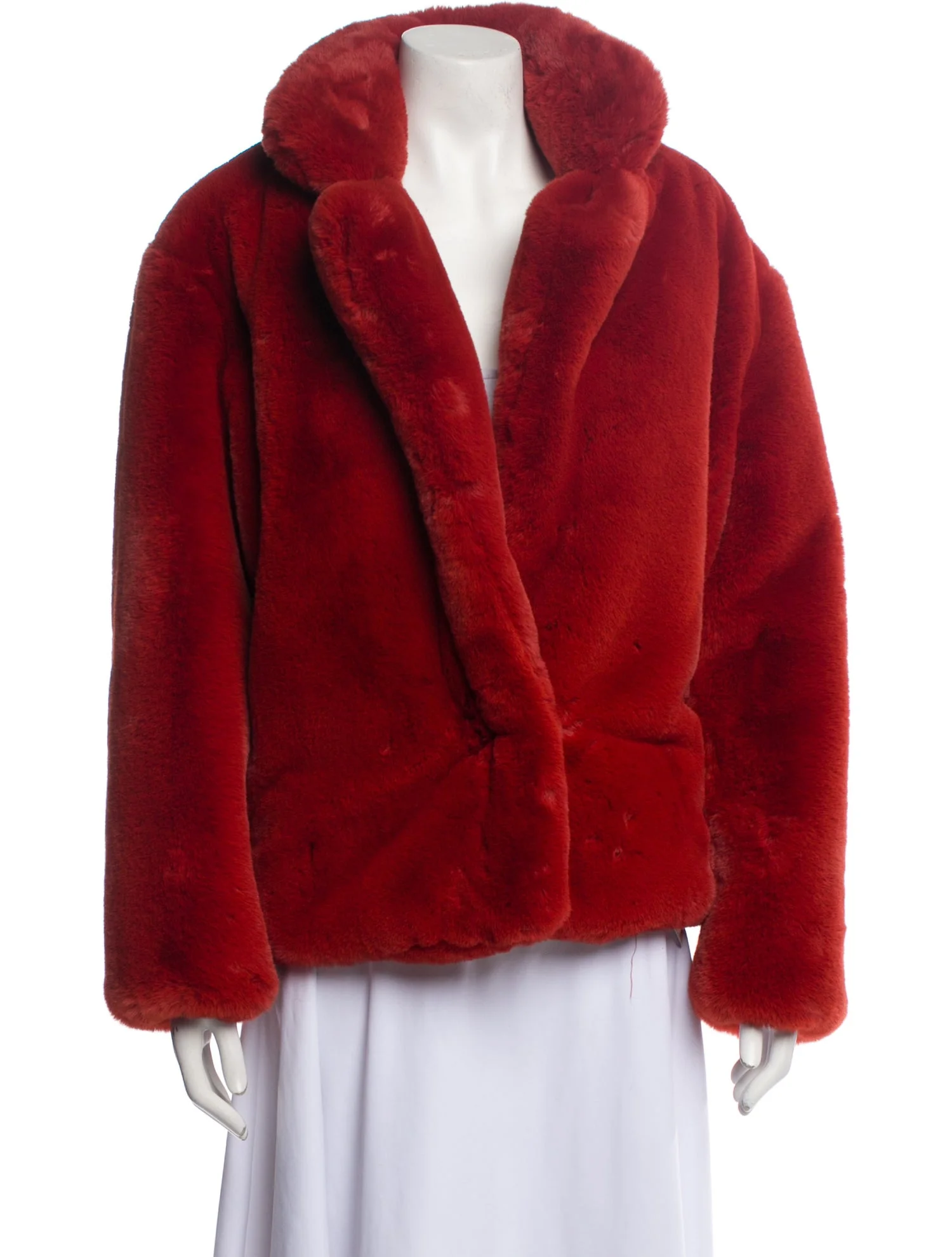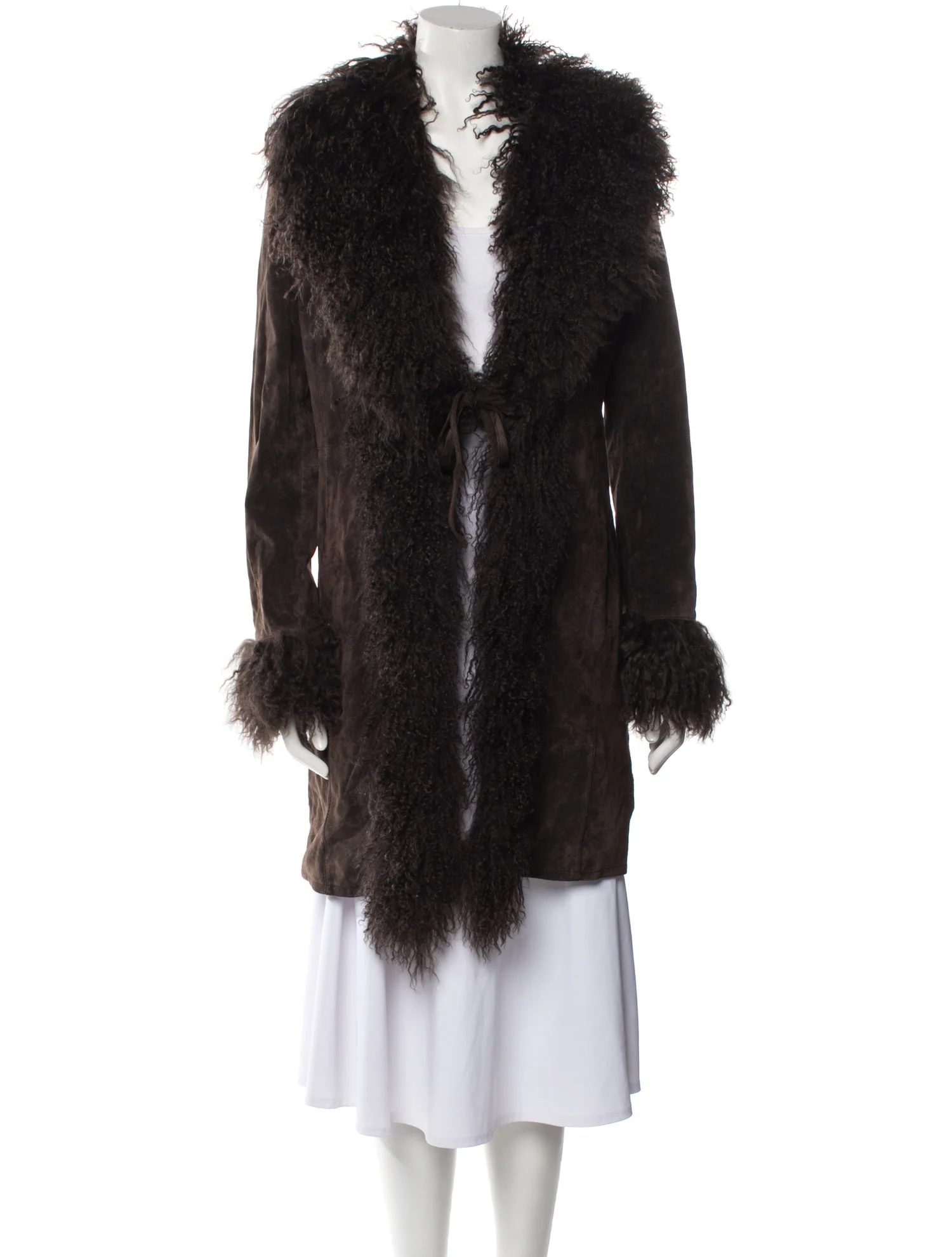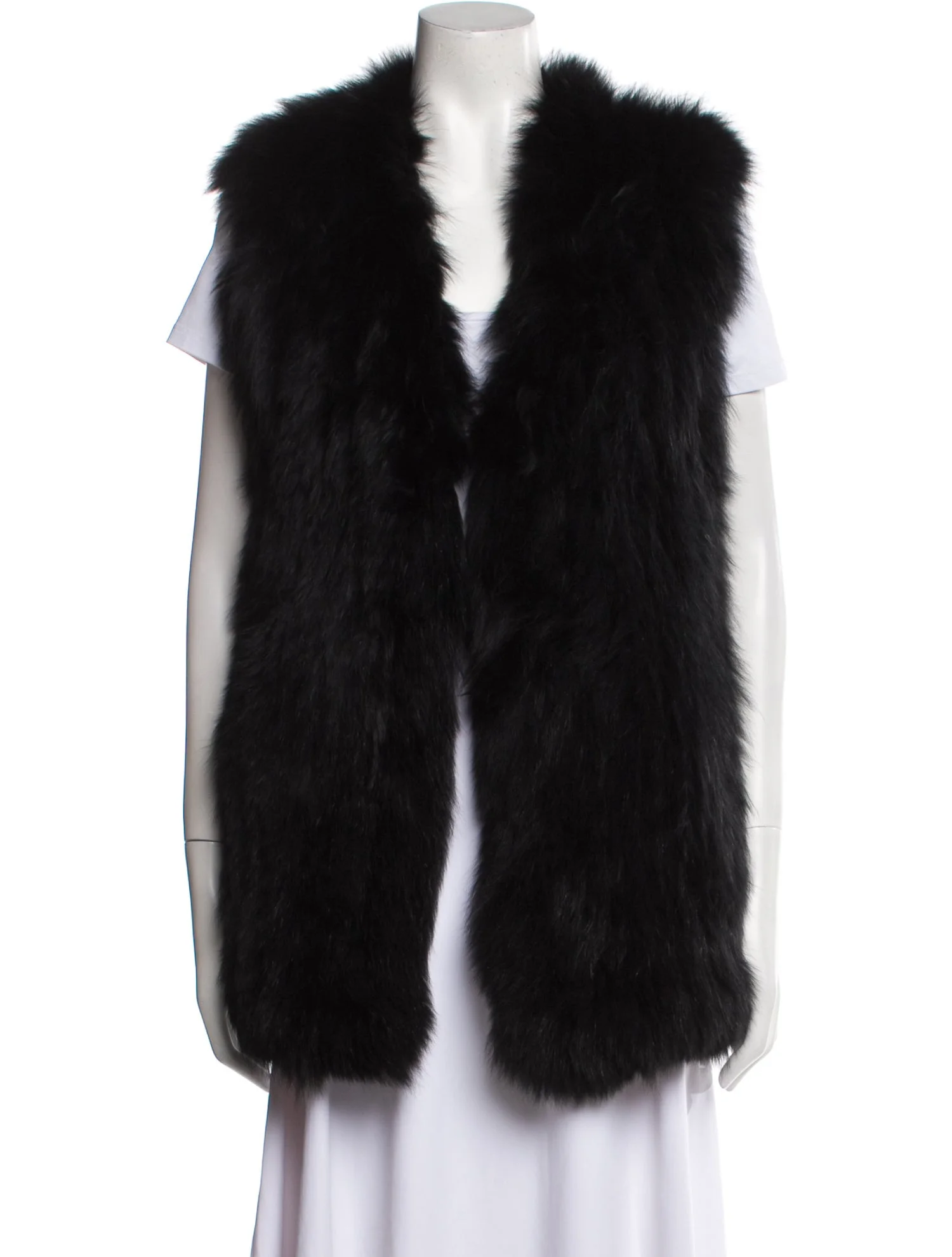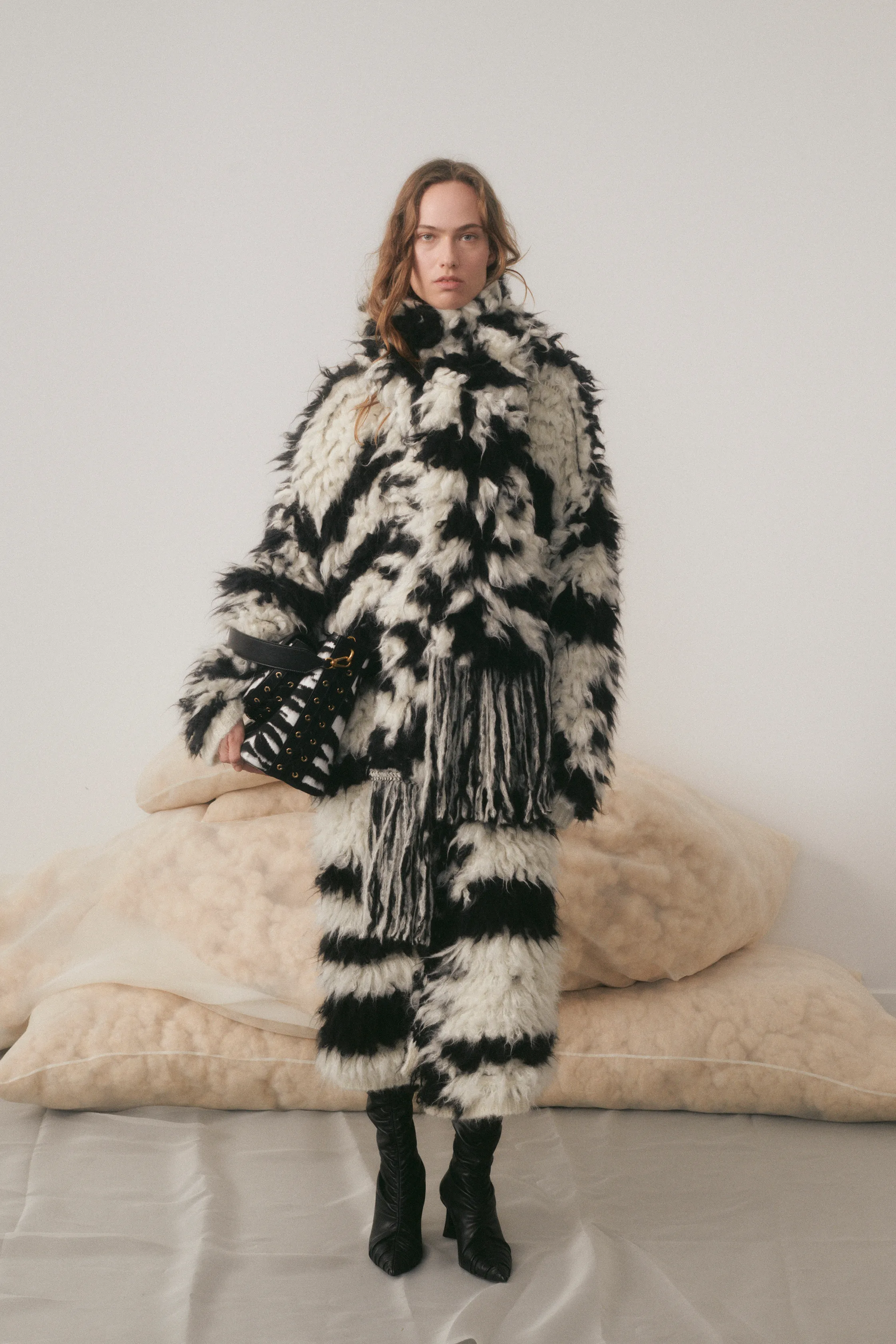sustainable furs
- Emily Chen
- Mar 1
- 4 min read
Updated: Mar 21

(collage made by étoilé blog)
Hey girls! Long time no post, but we're back with content on sustainable furs! We're breaking down the use of fur in fashion and the best furs to keep you cozy!
This post contains:
History of fur in fashion
Ethical issues with fur
The solution
Our picks
History of fur in fashion
Fur has been a symbol of luxury and status in fashion for decades. They're associated with the wealthy and elite, who are often seen draped in full length fur coats.
In the mid 20th century, fur was incorporated into many designer shows. They pieces were marketed as investments, something that was passed down through generations as heirlooms. The first major anti fur movements emerged in the 70s, but fur remained popular on runways with oversized silhouettes and bold colors defining. The turning point in fur began in the 90s, as the "I'd rather go naked than wear fur" campaigns shifted public opinion and lead to less fur usage. The 2010s brought even more change, with major luxury houses like Gucci, Prada, and Burberry announcing new fur banning policies.
Recently, we've also witnessed a resurgence in fur due to the mob wife aesthetic. The trend embraced maximalist luxury with oversized fur coats, statement jewelry, and dramatic silhouettes inspired by iconic mob wives from film.
Ethical issues with fur
Fur, though appealing and warm, has many issues
Real fur: Traditional fur farming involves breeding animals like minks, chinchillas, foxes, and raccoons in small cages for their lifetimes. They are kept in cramped and unsanitary conditions, and killed brutally to preserve as much pelt as possible. Some animals are also trapped in the wild, where animals suffer from prolonged pain.
According to Animal Ethics, it takes 150-300 chinchillas, 200-250 squirrels, 50-60 minks, or 15-40 foxes to make a singular fur coat.
Faux fur: Retailers have aggressively pushed faux fur into the market as a "eco friendly" alternative to real fur. However, faux fur is not much better. Faux fur is essentially made from plastic, so it releases microplastics with every wash that pollutes our water, and is non biodegradable. The production of faux fur involves lots of chemicals and energy usage, yet faux fur products often have a short lifespan. Fast fashion brands seem to market new styles of faux fur every season, perpetuating a cycle of waste and environmental harm.
According to Fashion in Time, faux furs can take hundreds of years to biodegrade
As you can see, both options are very problematic. We obviously don't want to support animal cruelty but we also don't want faux fur causing environmental problems.
The solution
The best solution? Don't buy fur products. period. But if you're REALLY feeling a calling to invest in a fur coat, these are some ways to get in on the action.
Vintage and secondhand furs: Buying a pre owned fur allows for a continuation of a product's life! Instead of going to a landfill or rotting away in storage, buying a used fur puts it to good use. Buying a used fur is often more budget friendly, and can even be higher quality than pieces for sale today.
Brands with sustainable fur products: Some companies are pioneering new alternatives to fur based on plants like corn, hemp, and algae.
Koba is a new type of faux fur created by Ecopel that uses bio based ingredients.
Biofluff created an 100% plant based fur that mimics the feel of real fur
See our picks below for brands that are implementing these alternatives!
Rental: Only need your fur for a certain occasion? Don't go out of your way and purchase one. Use a rental service and enjoy your fur knowing you didn't contribute to extra animal cruelty or environmental harm.
There is no perfect solution to this, so if you're on the fence about it and just buying to stay "in trend", we suggest not buying at all!
Our picks
We've compiled a list of places to shop for furs based on the suggestions above!
Vintage:
The Real Real
Vinted
Vestiaire
Depop
(all from TRR)
Rental:
Pickle
Rent the Runway
Nuuly
(all from RTR)
Sustainable fur brands:
House of Fluff: HOF is creating fur products made with recycled fibers that are animal free!

BIOFUR™ "Vintage" Peacoat - Marine Blue (link)

Tiger Print Jacket (link)
Charlotte Simone: Charlotte Simone curates drops of vintage furs that are timeless and high quality! They are encouraging slow fashion - we love that.
Stella McCartney: Stella McCartney is an industry leader in the luxury space, paving the way forward for sustainable products to be the norm. They have a fur free fur line that uses environmentally friendly alternatives to real and faux fur.
Conclusion
Fur is a complicated subject, and there is no alternative to it that is entirely environmentally friendly. However, by limiting fur purchases and resorting to vintage fur or bio based fur brands, we can all play a part in making the industry a bit more sustainable.
Let us know your thoughts and help us spotlight more sustainable fur brands!
stay stellar 🌟





















Comentários